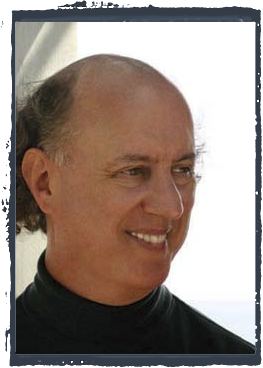Whether in studio or concert-hall, recording involves an engineer and audio equipment; and it’s reassuring to know that we needn’t be intimidated by them, for as musicians we already have the tools for making audio judgments: our ears! We judge an engineer by listening to his or her recordings, and judge the recordings by listening to the sound as though it were live.
Live music has beauty: it draws us in, instead of putting us off. It has individuality, in each player’s sound. It combines delicacy and power. And all your life, you’ve been using your ears to create these qualities in your playing. What could be more natural than using the same ears to judge the same qualities in recording?
So! To evaluate an engineer’s work, listen to his or her recordings—played on good equipment, mind you! With eyes closed, ask yourself, “If the musicians were in front of me, is this what I’d hear? Could I mistake this sound for live? Could I use this sound to say how to improve the performance? If I know any of the players, can I identify them by their individual sound? Overall, does the sound draw me in, or put me off?” This is objective listening; and after hearing the work of a few engineers, you’ll know when you find a good one.
Next, having chosen your engineer, work with him or her to choose the right equipment for recording you or your ensemble. Comparisons focus perception, so make test recordings with two different microphones or mike positions, two different recorders or venues, always remembering to judge the sound as though it were live. This experimentation is fascinating and fun, and your interaction with the engineer can cement a fruitful and mutually respectful relationship.
Finally, you’re ready to record! Here are some recordings made as I’ve described in these blogs:
Beethoven Bagatelle, Op. 33/7
Prokofiev Sixth Sonata: Finale
Bach Chromatic Fantasy & Fugue, BWV 903
Weber Grand Duo Concertante, 3d mvmt.
Debussy “Reflets dans l’Eau”
P.S.:If you want a bit more information before starting, read the section called “Recording Equipment” in my book To Hear Ourselves As Others Hear Us. (See Books tab at top. For more on my background, see Bio tab.)
P.P.S.:Another source of information is Recording Music on Location, by Bruce Bartlett. In correspondence, Mr. Bartlett comments: “I agree that live recordings can be much more exciting to the performer and listener than studio recordings.” And in the preface of his book, he writes: “Perhaps the most exciting type of recording is done with the musicians playing ‘live’ in a club or concert hall. Many bands want to be recorded in concert because they feel that’s when they play best. They take chances and surprise the audience. Your job [as recording engineer] is to capture that performance and bring it back alive.
“Without a doubt, remote recording is exhilarating. The musicians, responding to the audience’s energy, often put on a stellar performance. You have only one chance to get it recorded and it must be done right. You’re working on the edge. But by the end of the night, when everything has gone as planned, it’s a great feeling.”
P3.S.:I asked the editor of American Record Guide, Mr. Donald Vroon, if he knows of musically good orchestral recordings made in concert. His reply, “Yes, there have been very many. Even many late Bernsteins were made in Concert, as was the glorious Karajan Mahler 9. With some conductors it worked well.”
Have fun! —JB
Thanks to: Margaret Thornhill, Doug Sax, Ariadne Greif, Katherine Growdon, Alexander Zeyliger, David Hattner, Carol Boyk, Sophia Gilmson, Don Allen, Natalie Khatibzadeh. All errors the responsibility of the author.
